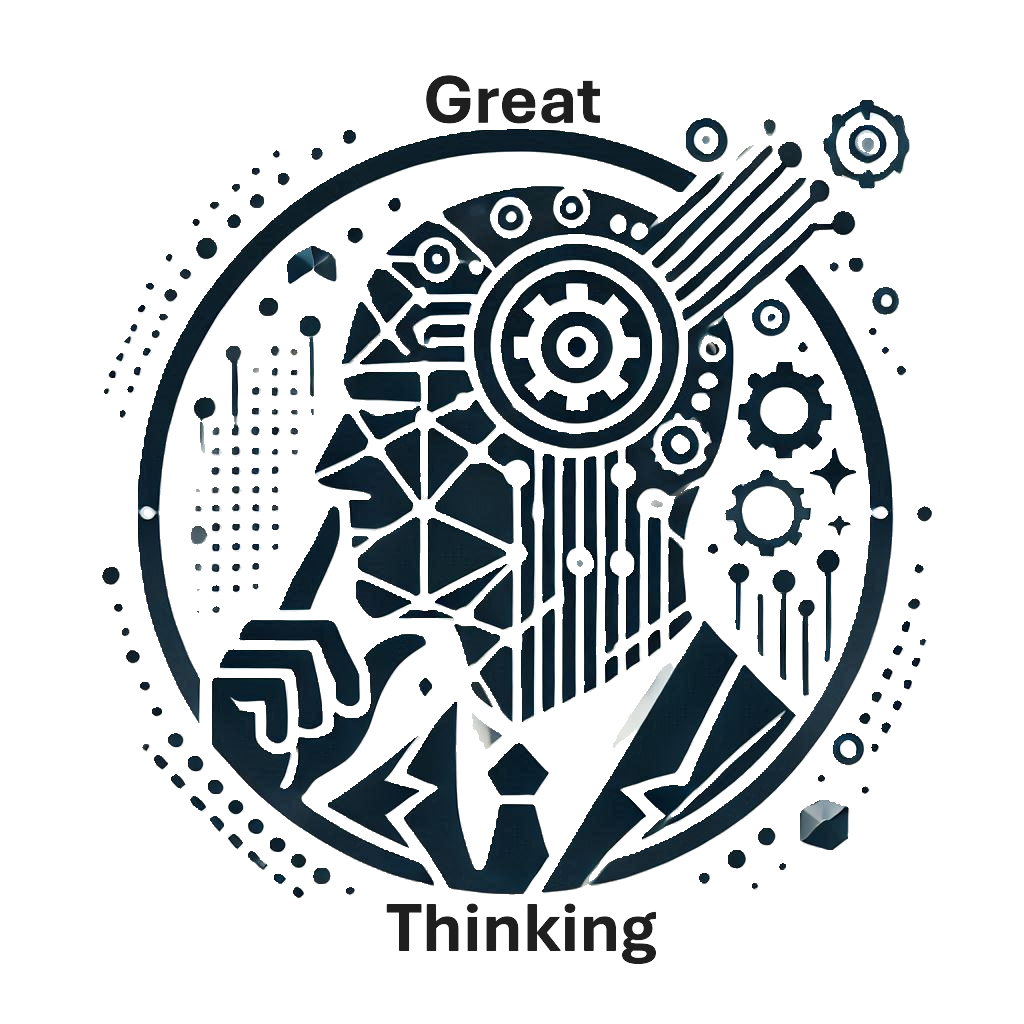Personal narratives are more than just stories we tell. They’re the lenses through which we see the world, influencing our identity, beliefs, and emotions.

Think about it – every experience you’ve had, both good and bad, strings together your unique life story, shaping how you react, relate, and even how you empathize with others.
Reflecting on past experiences is like looking into a mirror that shows not just the surface, but deeper layers beneath. It helps to uncover patterns we might not have noticed.
Maybe you’ll spot strengths you didn’t realize you had, or perhaps identify areas where growth is waiting for you. It’s kind of like digging in your garden and finding a mix of rocks and rich soil.
I’m a big fan of writing or sharing stories, and not just because it pushes creativity. It’s an incredible tool for fostering self-awareness and healing.
Jotting down your thoughts or narrating your story to someone else can bring unexpected clarity. It somehow acts like therapy, allowing you to process experiences and emotions in a tangible form.
When you share your narrative, whether on paper or with others, you’re taking a brave step forward. It’s about owning your story, recognizing its power, and using it as a tool to heal and grow.
This practice isn’t just self-reflective; it can be transformative, providing insights into who you are and who you’re becoming.
Reframing Your Story for Growth
Our minds have a unique way of interpreting past events. This interpretation weaves into the narrative we carry, influencing our mindset and self-worth.
Sometimes, though, this story isn’t as empowering as it could be. Identifying and challenging these limiting narratives can open the door to profound personal transformation.
When you spot a narrative that paints you as a victim, consider flipping the script. Instead of fixating on setbacks, focus on how you’ve overcome them. Celebrate the small victories and learnings.
Recognizing your resilience can help transition from feeling like a victim to proudly owning the title of a victor. YOU MAY LIKE THIS
Perspective is everything. Shifting your viewpoint can turn a challenge into a growth opportunity.
This isn’t about ignoring hardships; it’s about viewing them through a lens that highlights your capacity to adapt and learn. Once you start seeing obstacles as stepping stones, your story naturally shifts towards one of empowerment.
Unpacking and rewriting your personal narrative helps in fortifying your inner strength.
It encourages a mindset that stays curious and open to change, challenging the status quo of self-doubt.
This kind of mindset fuels personal growth, allowing you to embrace a future defined not by past limitations but by newfound potential.
Storytelling as a Tool for Emotional Processing
Narrative expression isn’t just an artistic endeavor; it’s a therapeutic tool for emotional processing. Journaling or writing down your story allows you to untangle complicated emotions and make sense of challenging experiences.

It’s like having a conversation with your innermost thoughts where you can analyze, understand, and eventually come to terms with them.
Sharing personal stories goes beyond self-reflection, fostering connection and healing. Opening up your narrative to others might seem daunting due to the vulnerability it requires. Yet, this very act of vulnerability can create a bridge between you and those who listen, building empathy and mutual understanding.
In this shared narrative space, resilience blossoms. As you narrate and rethink your experiences, self-compassion grows. You begin to see yourself not just through the lens of past events but in the light of a more forgiving and understanding perspective.
It’s about being kind to yourself in the retelling, acknowledging both strengths and soft spots without judgment.
This process of storytelling helps you build resilience over time. Each retelling adds layers of understanding and acceptance.
It’s like repeatedly knitting a blanket that gets thicker and warmer with every thread. This practice of regular emotional processing can prepare you to handle future challenges with greater emotional intelligence and resilience.
Using Storytelling to Shape Your Future
Envisioning the future isn’t just about setting goals, it’s about narrating a story that feels both achievable and inspiring.
When you weave a future-oriented narrative, it sharpens your focus and clarifies your aspirations. This art of storytelling acts as a map, guiding you through the possibilities of what can be achieved.
Narrative manifestation comes into play here, aligning your thoughts, actions, and intentions with your life story’s future chapters.
This isn’t merely wishful thinking, it’s consciously crafting an action plan that bridges your present to a potential future. By visualizing these chapters, you actively participate in shaping them.
Rewriting personal stories empowers you to step into a superhero role, one where you’re the strong, authentic captain of your own ship.
When your narrative aligns with your evolving identity and dreams, it drives you towards authentic action, making way for real transformation.
Regularly reassessing and updating your personal story ensures it stays relevant as you grow and change.
This practice can keep you attuned to shifting goals and desires, ensuring your narrative doesn’t stay static but evolves just as you do.
Embracing this dynamic form of storytelling fortifies your commitment to living a purposeful and fulfilled life.
Thank you for reading , for more inspiring and empowering content visit:
greathinking.com for a full dose of personal growth, spirituality and leadership.
Stay blessed,
Esquiwal

